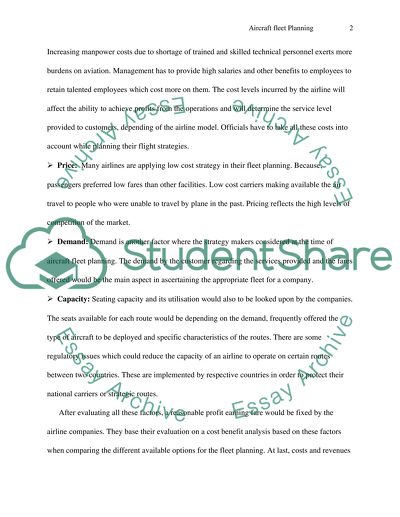Cite this document
(“Aircraft Fleet Planning Essay Example | Topics and Well Written Essays - 2000 words”, n.d.)
Retrieved from https://studentshare.org/environmental-studies/1404858-aircraft-fleet-planning
Retrieved from https://studentshare.org/environmental-studies/1404858-aircraft-fleet-planning
(Aircraft Fleet Planning Essay Example | Topics and Well Written Essays - 2000 Words)
https://studentshare.org/environmental-studies/1404858-aircraft-fleet-planning.
https://studentshare.org/environmental-studies/1404858-aircraft-fleet-planning.
“Aircraft Fleet Planning Essay Example | Topics and Well Written Essays - 2000 Words”, n.d. https://studentshare.org/environmental-studies/1404858-aircraft-fleet-planning.


